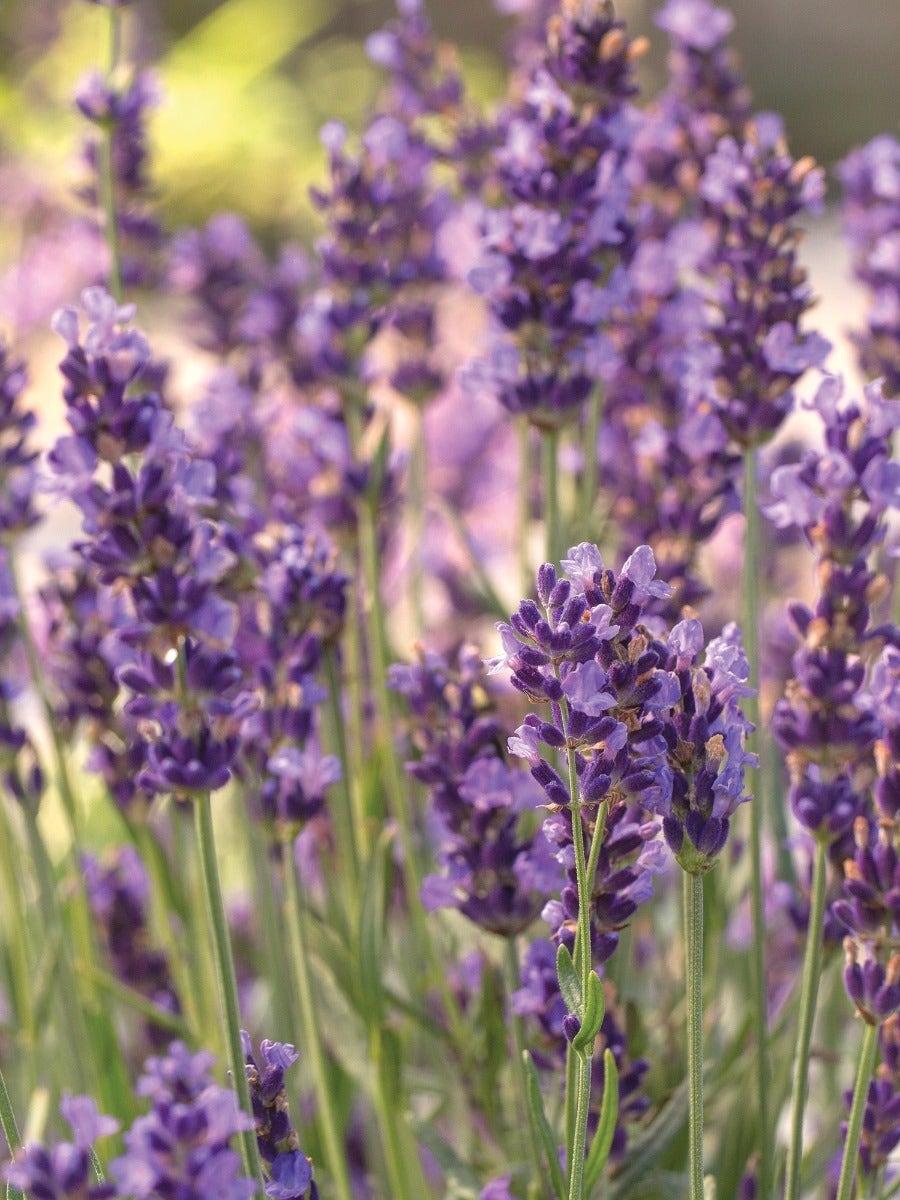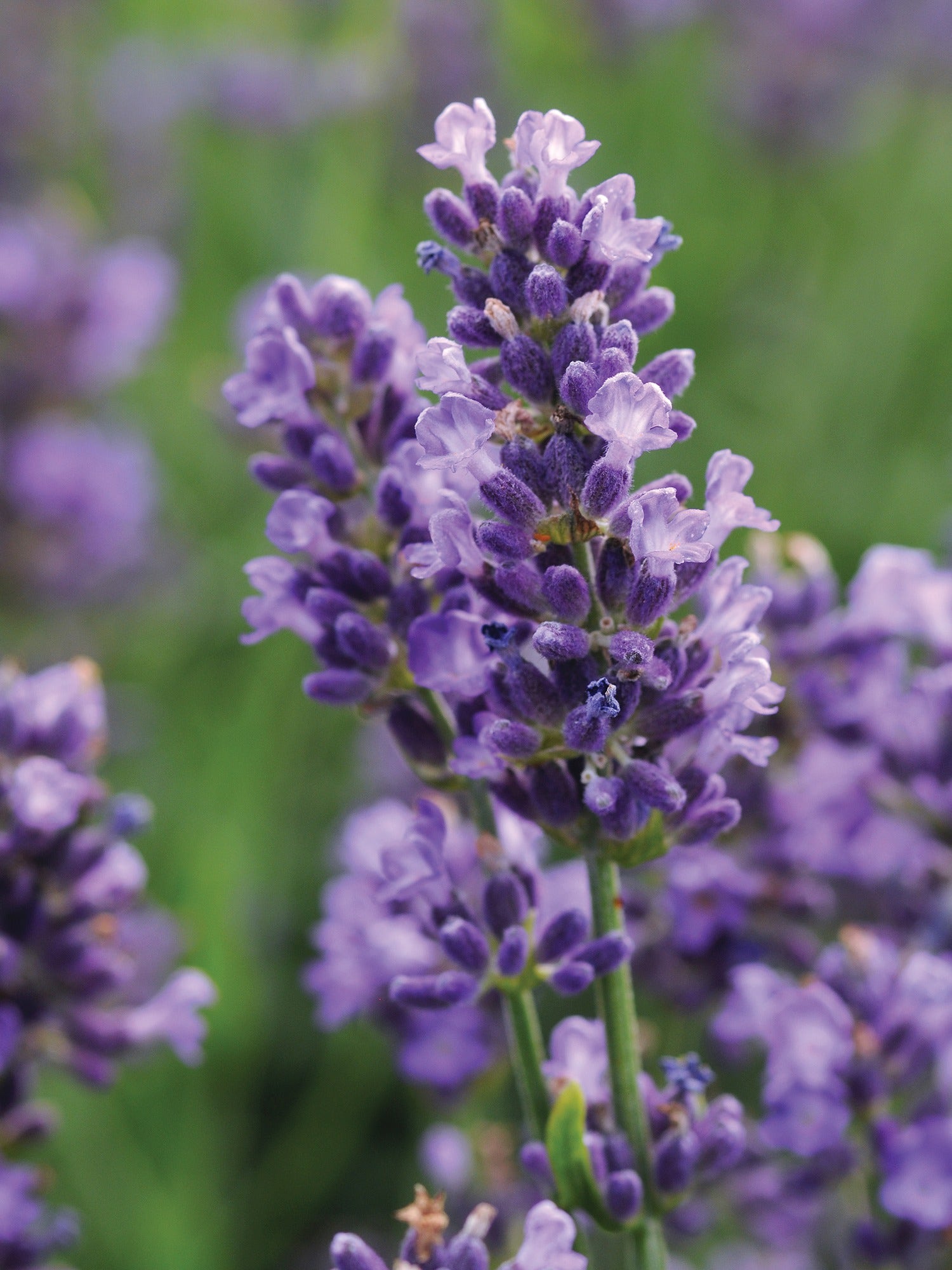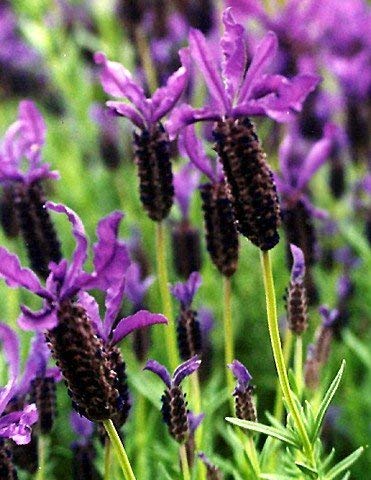Where to Plant Lavender — 4 Tips From Landscape Designers for Beautiful Yards and Healthy Plants
Experts love this fragrant flower, but how and where should you incorporate it into your garden design?
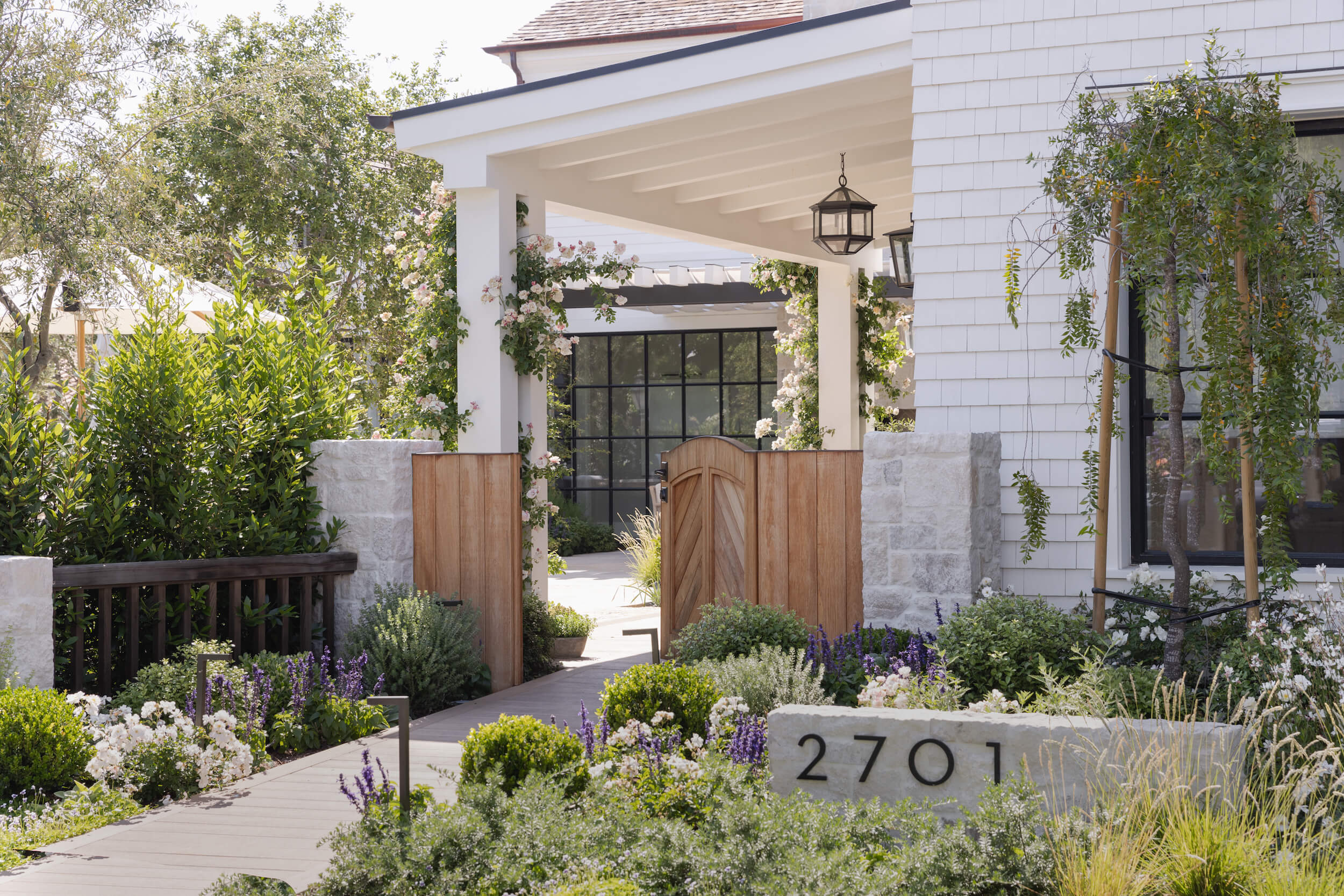
If you're questioning where to plant lavender, you're not alone. Crisp white woodwork, sandy-toned stone patios, long wispy grasses, and aged terracotta pots – my Pinterest page can’t get enough of it. If you’re the same, chances are you’ve come across the clean Mediterranean aesthetic that’s become such a popular look for yards.
Giving the classic nautical Hamptons vibe a fresh new take, this landscaping trend is all about natural materials mixed with hardy green planting and cool-toned florals. But the real secret to this design? Lavenders.
An iconic Mediterranean garden plant, this hardy fragrant flower is loved by both wildlife and landscape designers. Not only does it smell fantastic, it’s super simple to maintain and produces a beautiful wash of color all summer long. Don’t believe me? Take it from the award-winning design experts and see how they incorporate this must-have plant into their show-stopping gardens. But to make lavender plant care easy, planting it in the right place is half the battle. Here's what the experts say.
1. Consider your position
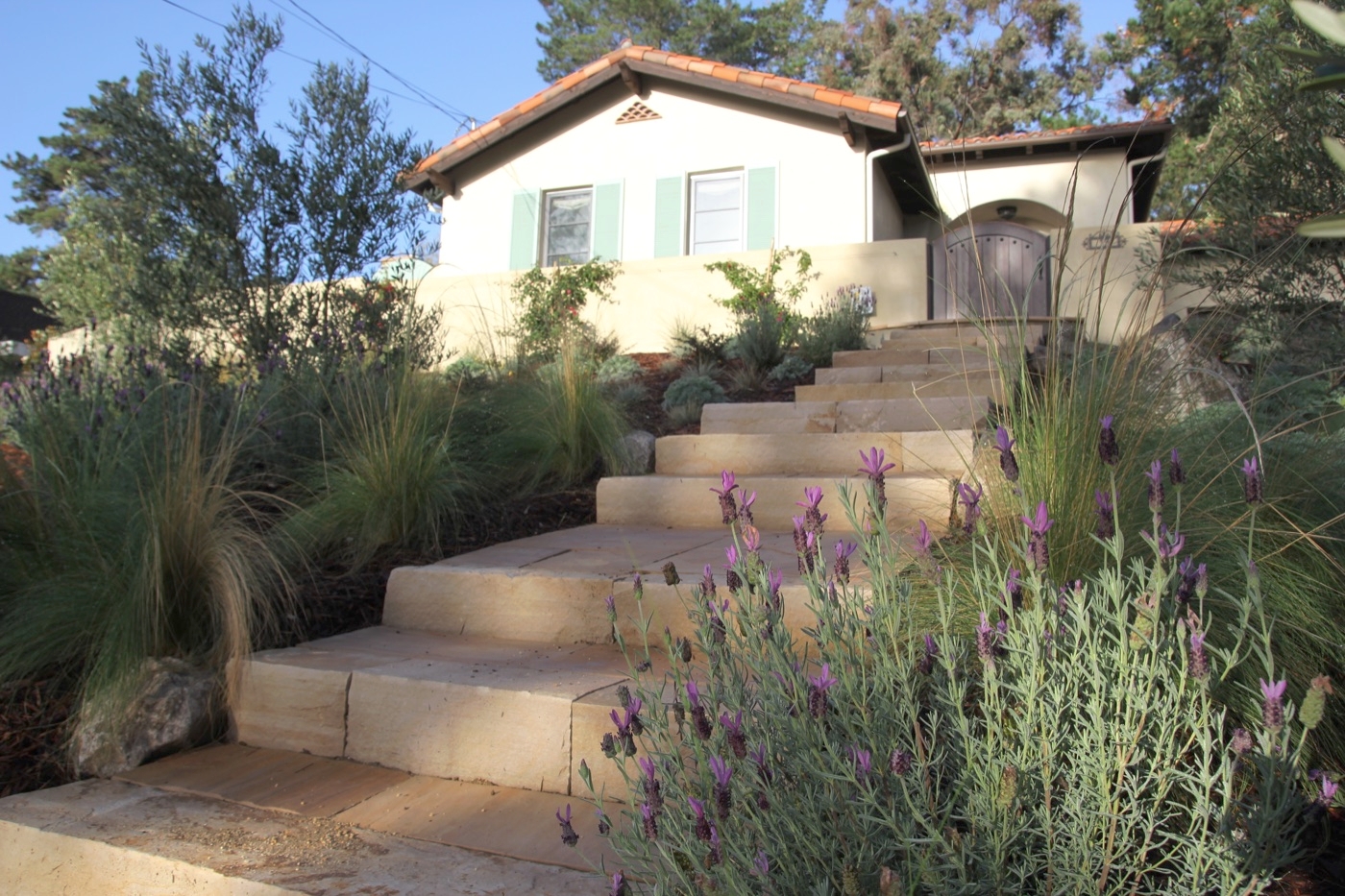
As with all planting, it has to start with position.
According to the design team at Garden Studio Design, 'Lavender plants are able to tolerate a variety of growing conditions. However, it tends to thrive best when planted in well-drained soil and full sun conditions. In their native habitats, most types of lavender plants are found to thrive in sandy or rocky soils with a PH that is close to neutral. As you might expect, these coarse soils offer excellent drainage. Mimicking this well-draining soil is vital to keeping lavender plants happy.'
Sandy or loamy soils make the perfect partner for these drought-tolerant plants, but if you’re working with heavier soils all isn’t lost.
When planting your lavenders in flower beds or pots make sure they’re in a full sun position and dig a hole twice as wide and deep as you need. Incorporate a nice amount of horticultural grit and perlite into some organic compost, around 50% compost, 25% grit, and 25% perlite, and backfill the soil surrounding your lavender plant, being careful not to compact it too much.
The Livingetc newsletters are your inside source for what’s shaping interiors now - and what’s next. Discover trend forecasts, smart style ideas, and curated shopping inspiration that brings design to life. Subscribe today and stay ahead of the curve.
2. Frame your pathways
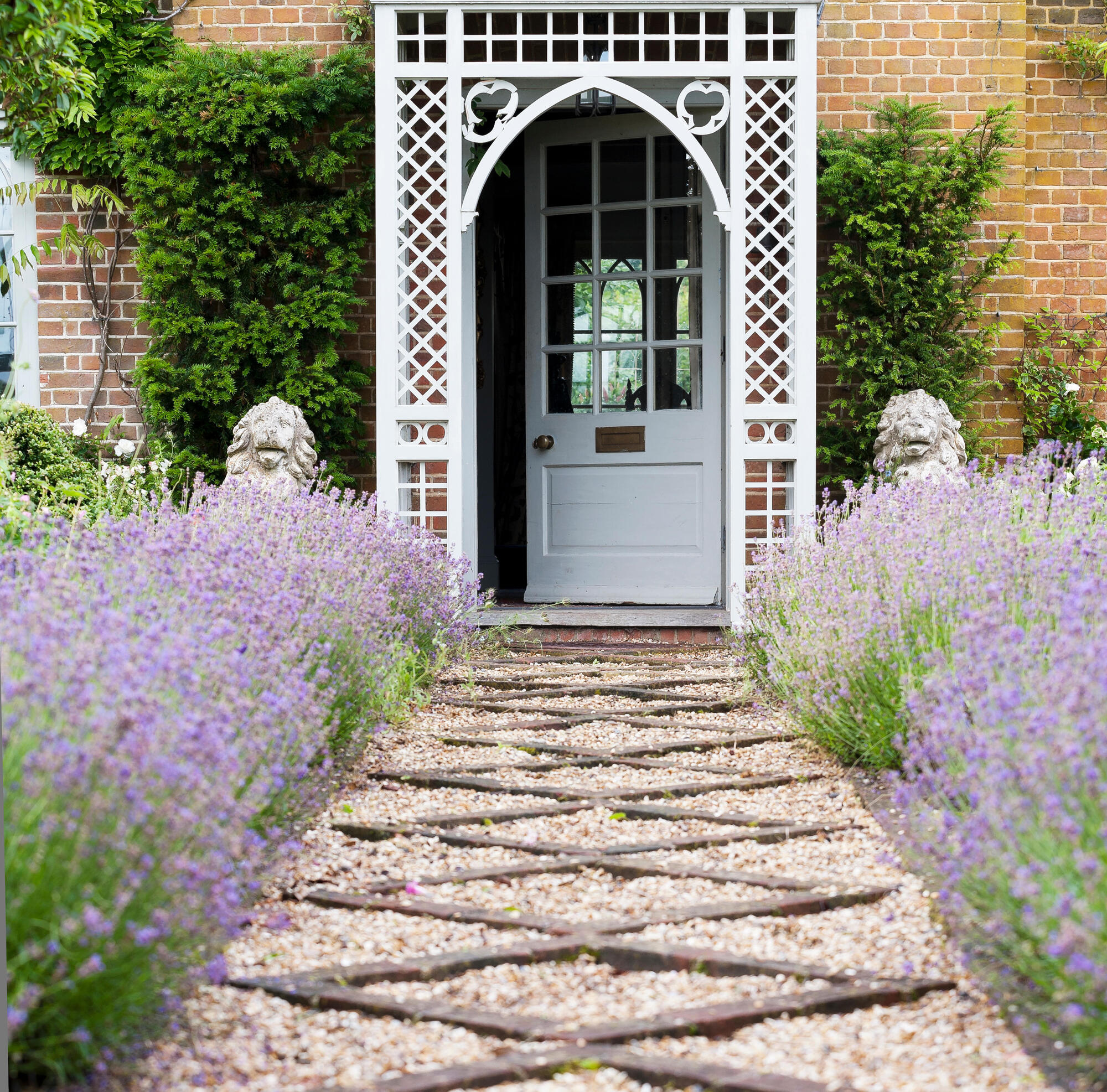
Statement lavender pathways have been a staple landscaping idea for decades. But like all traditional designs, sometimes they’re due an update.
According to the Garden Studio Design experts there are a few golden rules to follow to achieve this modern take on a much-loved design choice.
'When it comes to lining pathways with lavenders, we recommend integrating them as accents rather than solely lining the path with them,' the experts say. 'This helps create a more balanced and visually appealing landscape. However, if you opt to line your pathway with lavenders, spacing them 18-24 inches apart is ideal to allow for healthy growth and prevent overcrowding. As for the type of lavender, we suggest varieties like English Lavender 'Lavandula Angustifolia' or Spanish Lavender 'Lavandula Stoechas', which maintain neat growth habits and won't encroach on the pathway. Gravel can complement lavenders nicely, providing good drainage and adding to the overall aesthetic appeal of the pathway.'
3. Integrate complementary plants

So you’ve got your position sorted, but how do you incorporate these plants into your garden as a whole?
'From a design standpoint, incorporating companion planting alongside lavenders is essential for creating a visually engaging and cohesive landscape,' the landscape design team explains. 'Considering the need to prune lavenders in winter, resulting in temporary dormancy, we recommend selecting evergreen shrubs as companions. This ensures the garden maintains its allure throughout the year. Some excellent choices include dwarf olive shrubs, pittosporum, and coast rosemary. These companions not only complement lavenders aesthetically but also contribute to the overall harmony and balance of the garden design.'
Some of my favorites are Pittosporum Tenuifolium Golf Ball, trailing rosemary, and Hebe Youngii – all evergreens that will give saturated year-round greenery!
4. Incorporate patio pots into your design
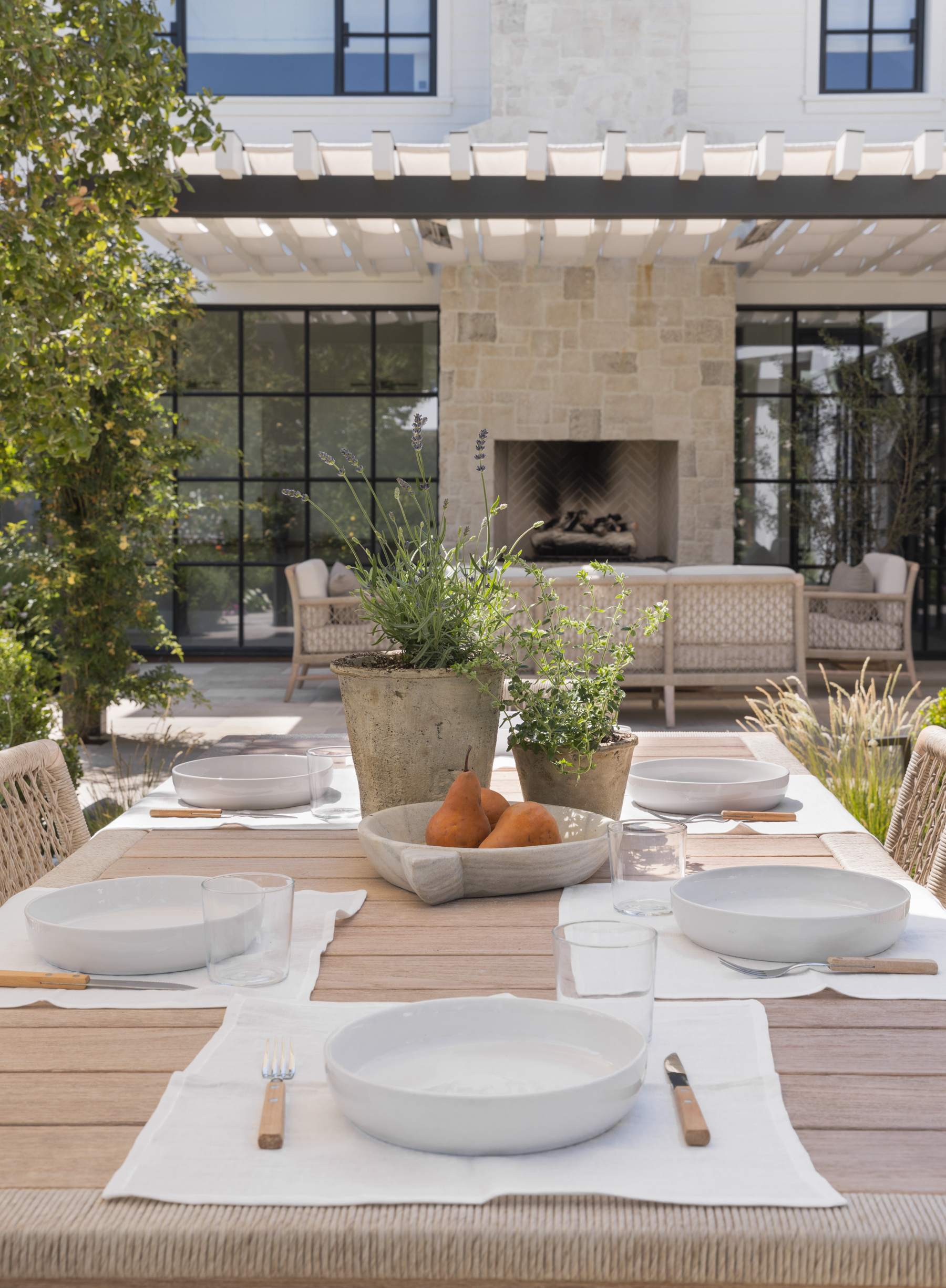
Calming patio areas are the foundation of every Mediterranean-inspired landscape design – and no patio is complete without a chic arrangement of potted plants. Luckily, lavender plants are a perfect pick for container gardening, as long as you cater to their soil requirements.
The experts at Garden Studio Design advise, 'Lavender can thrive when potted! For successful potting, opt for a soil blend with a sandy loam texture. This ensures excellent drainage while maintaining a neutral pH balance, crucial for lavender's health. Additionally, lavender's robust nature makes it an ideal choice for potted plants, especially in regions with fluctuating temperatures, as it can withstand harsher climates with ease.'
When it comes to the right pots, nothing says Mediterranean like terracotta. Aged terracotta pots with beautiful patinas ooze timeless elegance and are always my first choice for patio plants.
Don’t be afraid to mix your pot finishes though. Lighter stone-effect finishes that mimic natural materials like limestone and concrete are great alternatives. Just be sure to protect any vulnerable pots from winter frosts – I learned that one the hard way!
Matilda Bourne is a freelance homes, gardens and food writer, stylist and photographer. Known for creating and capturing content for multiple international brands, her work has been featured in The Telegraph, The Daily Mail, and Hello! magazine. When she’s not writing, you can usually find her tending to her much-loved garden and scouring thrift stores for vintage furniture.
